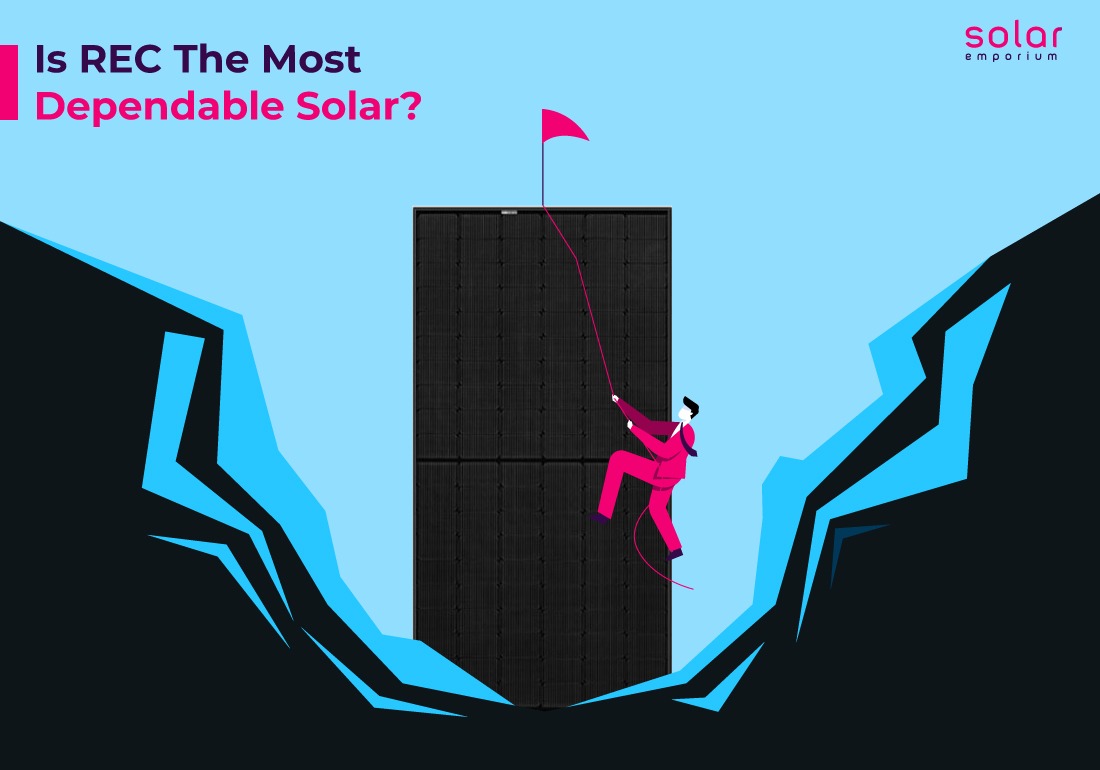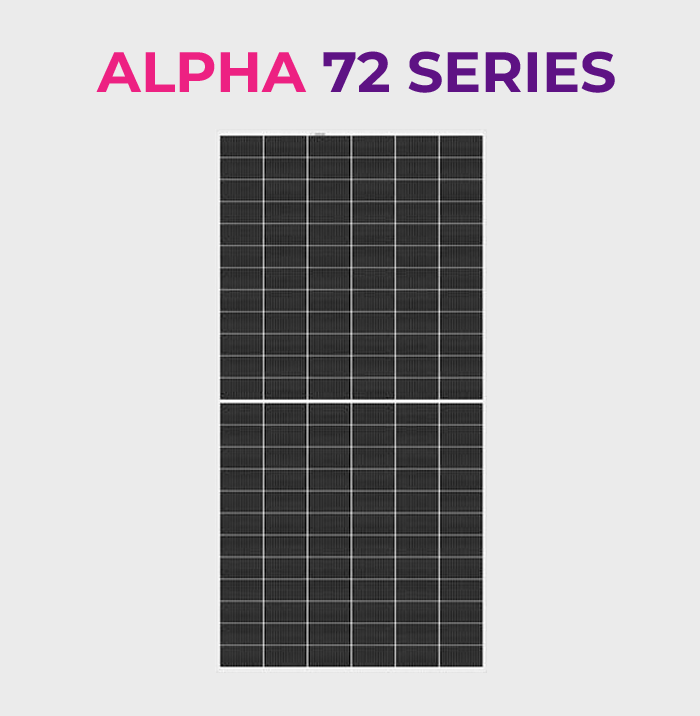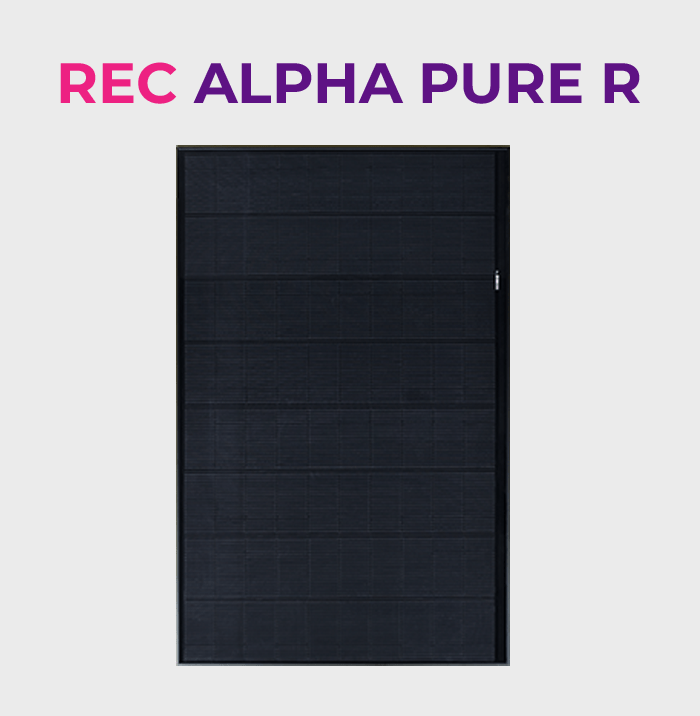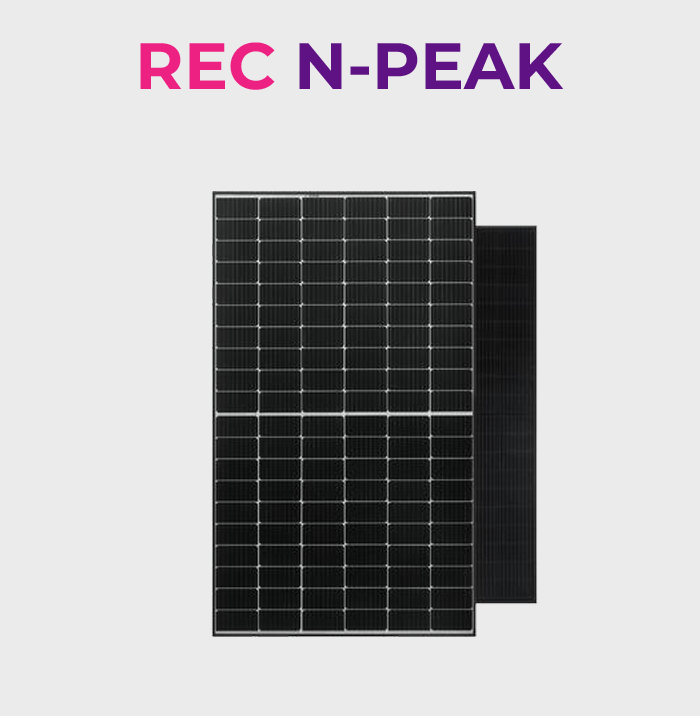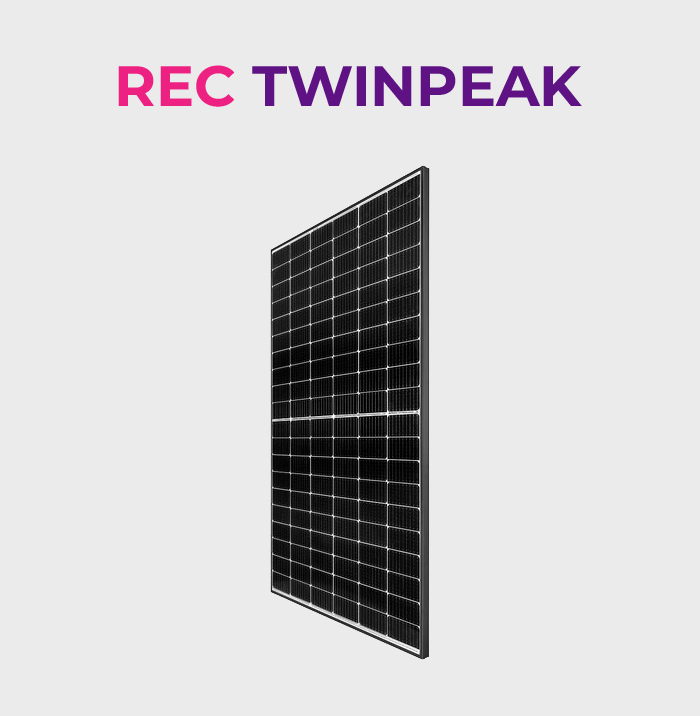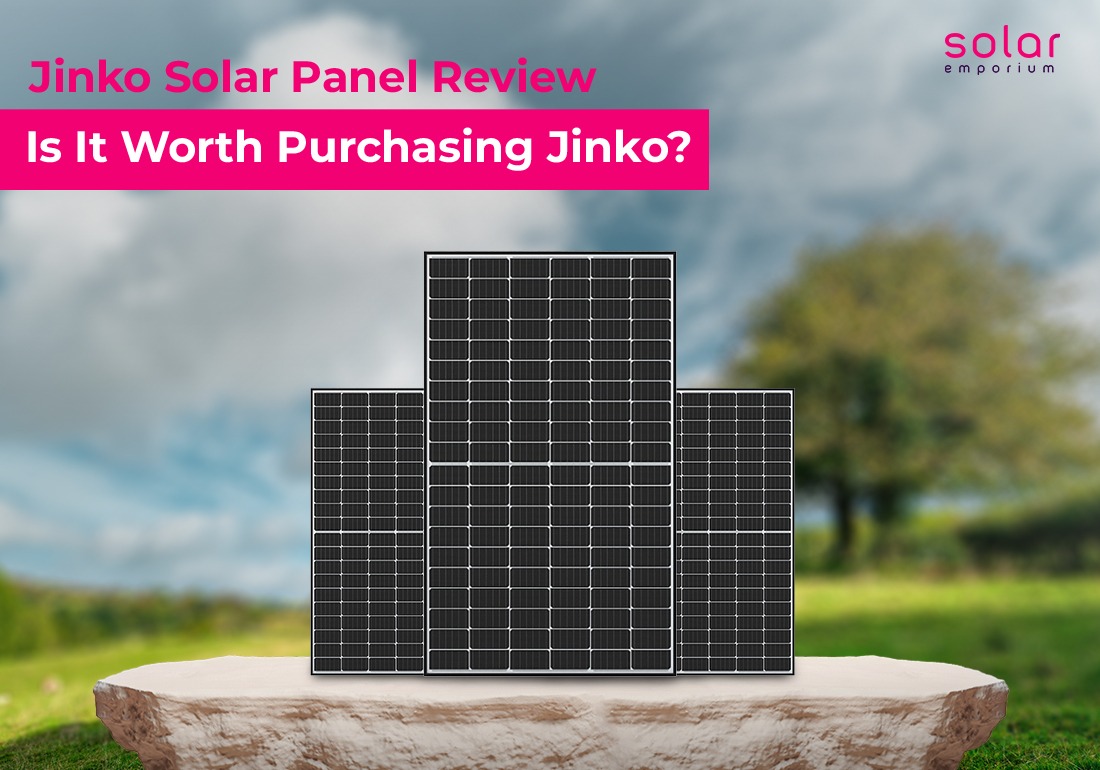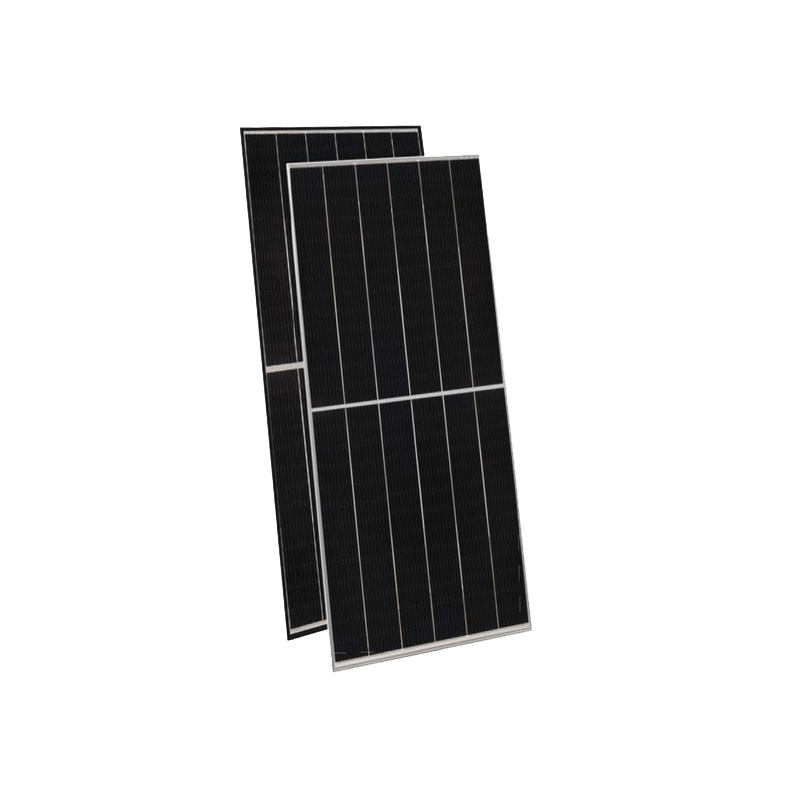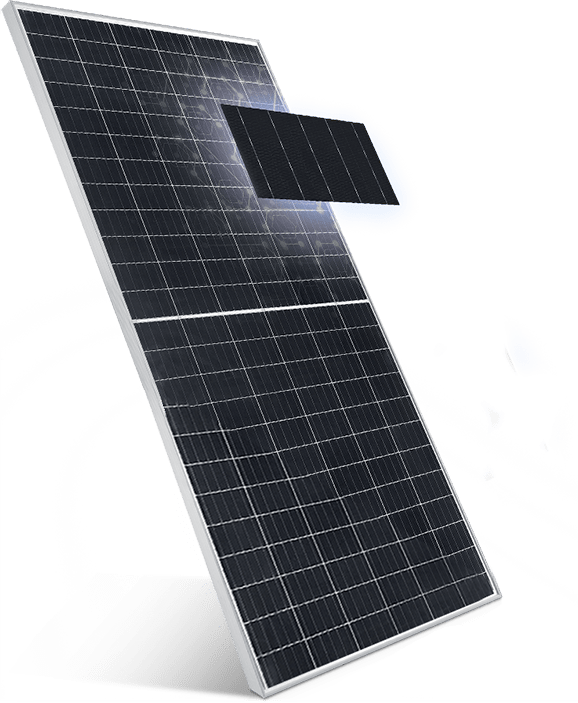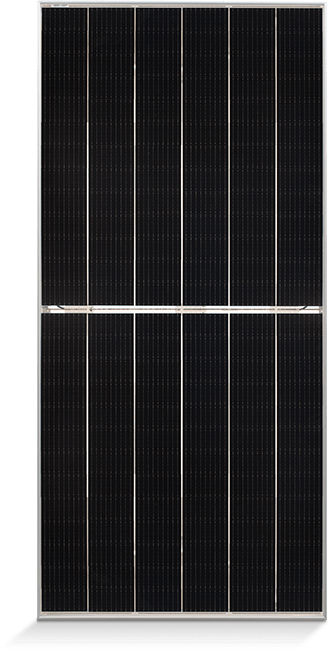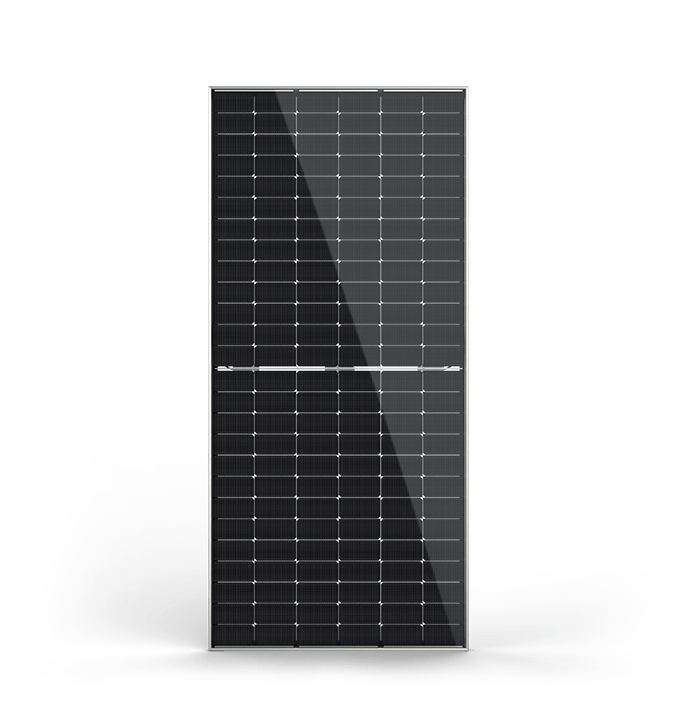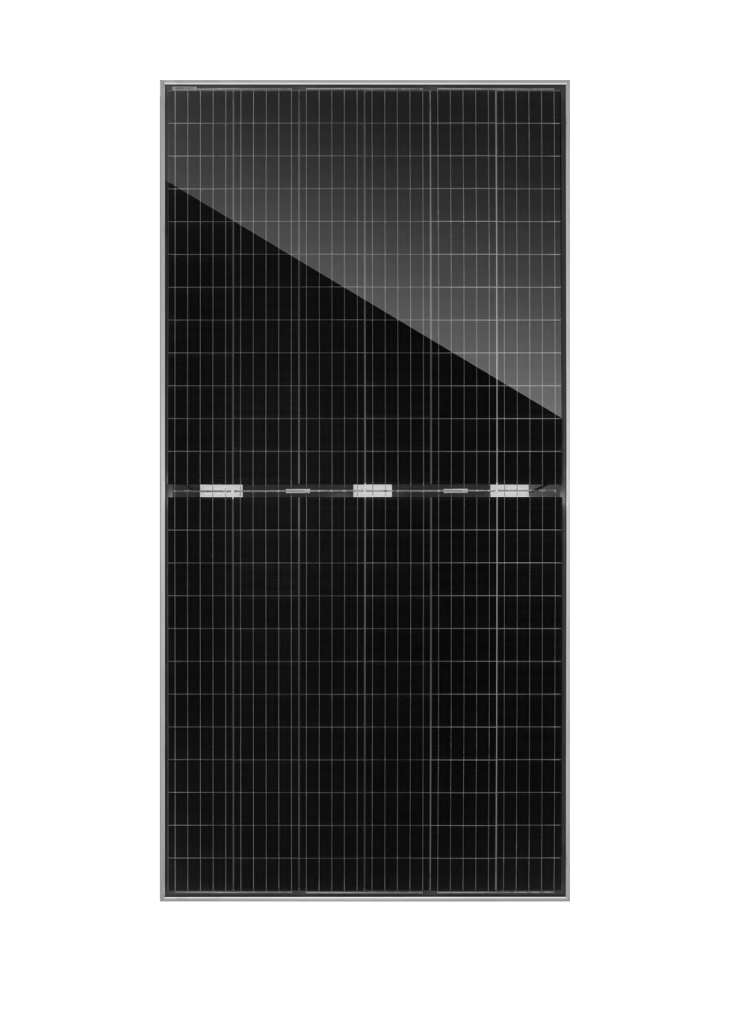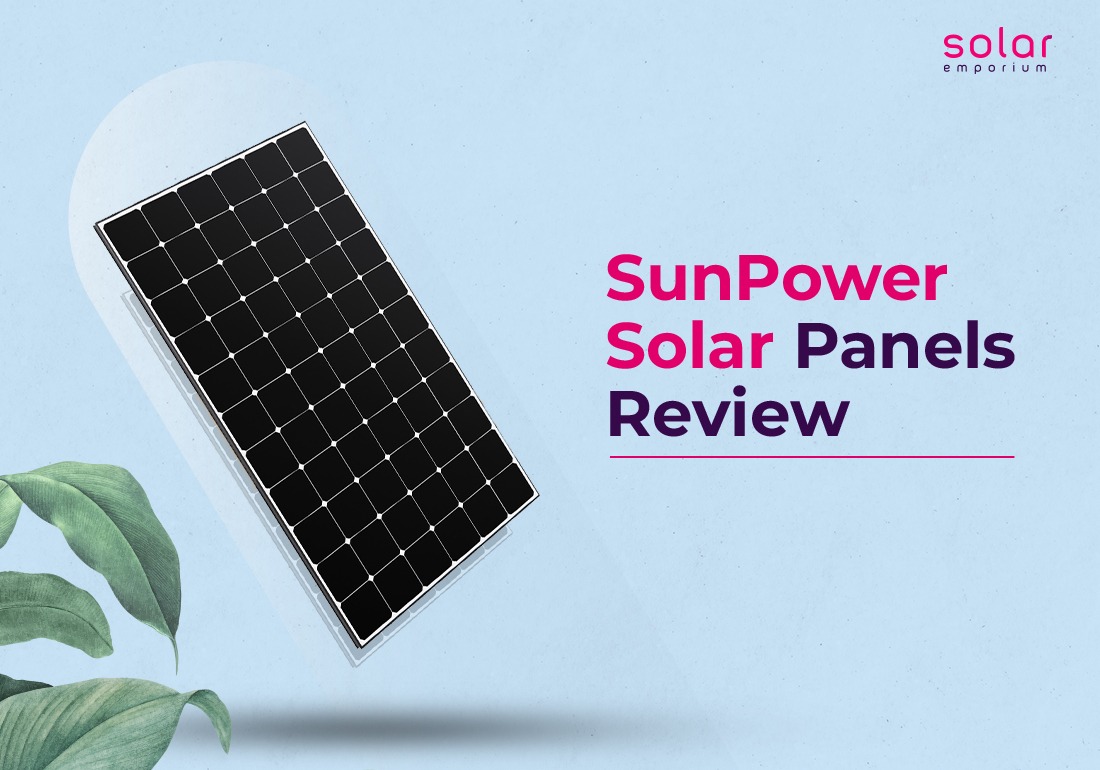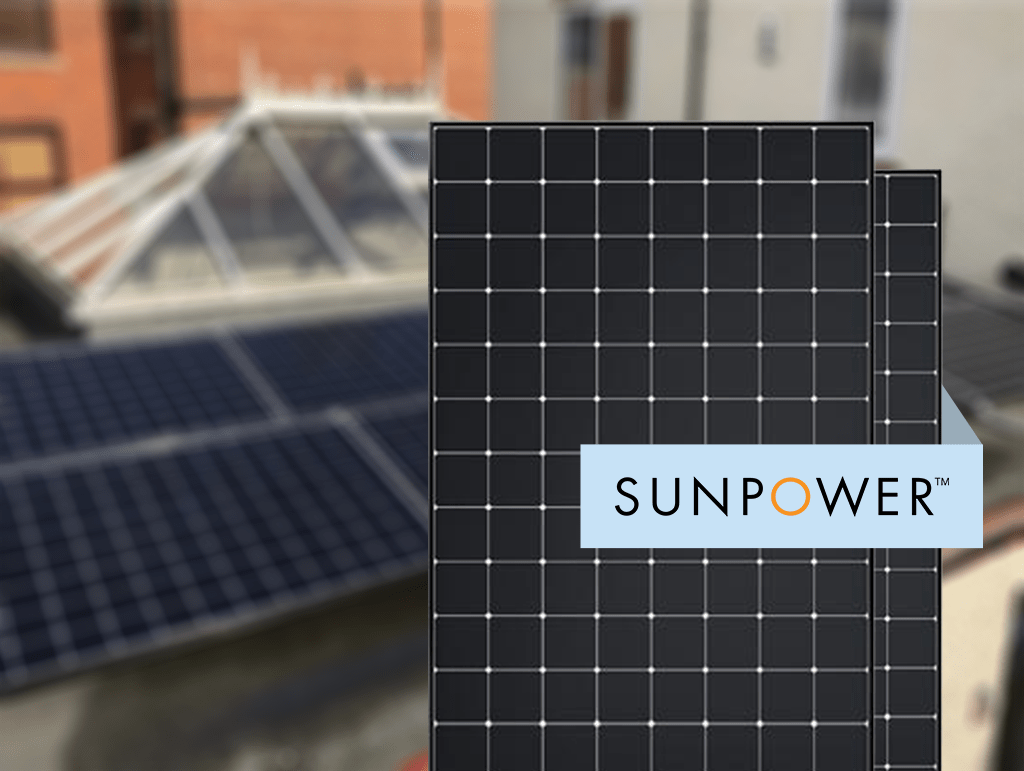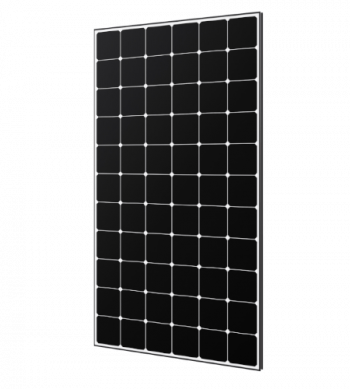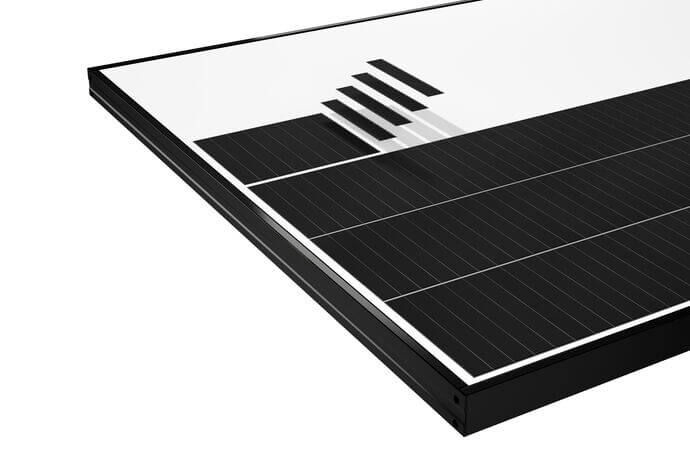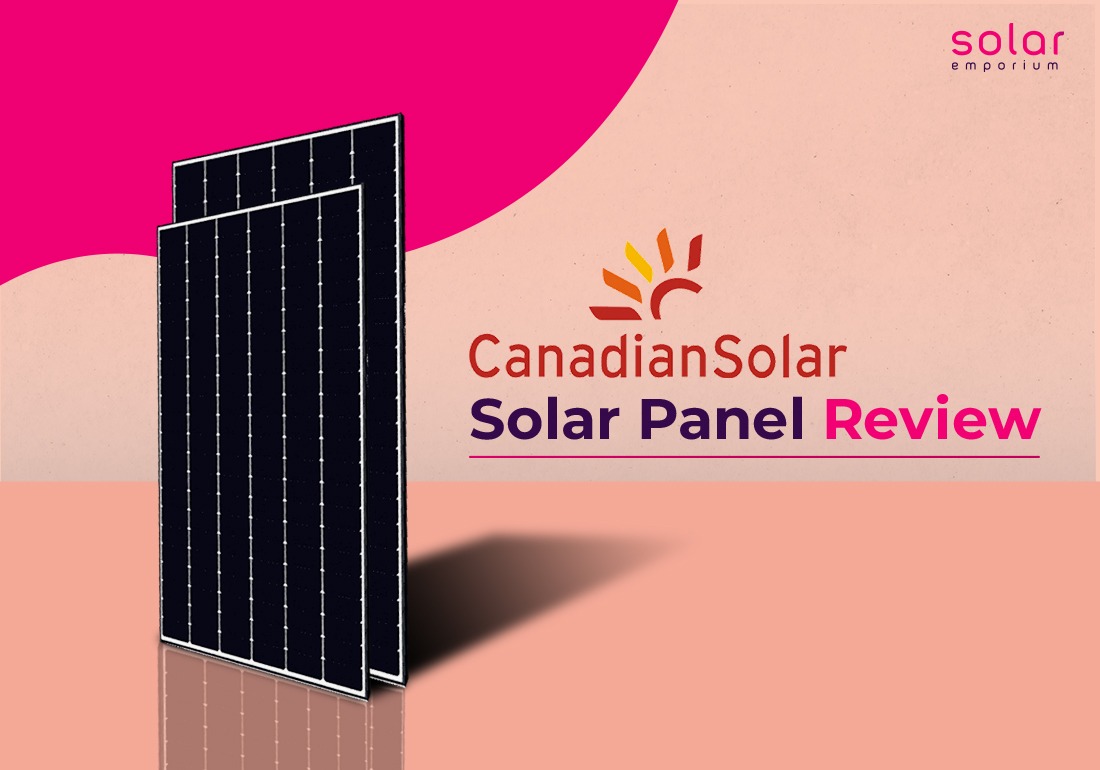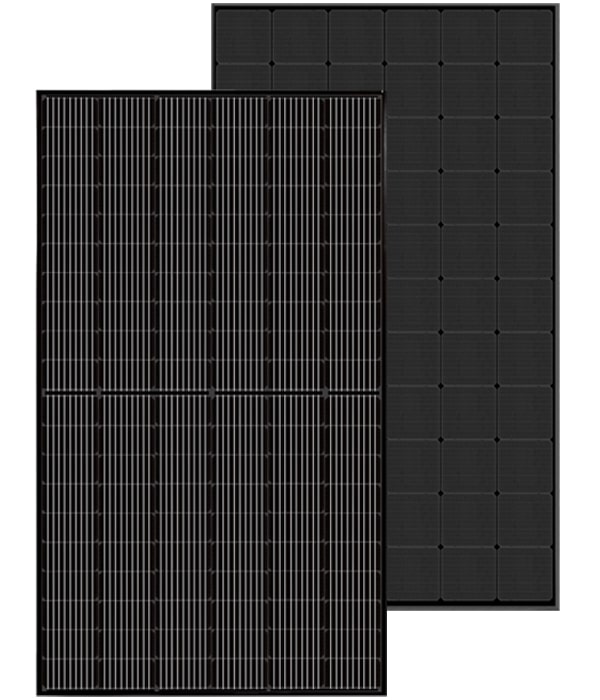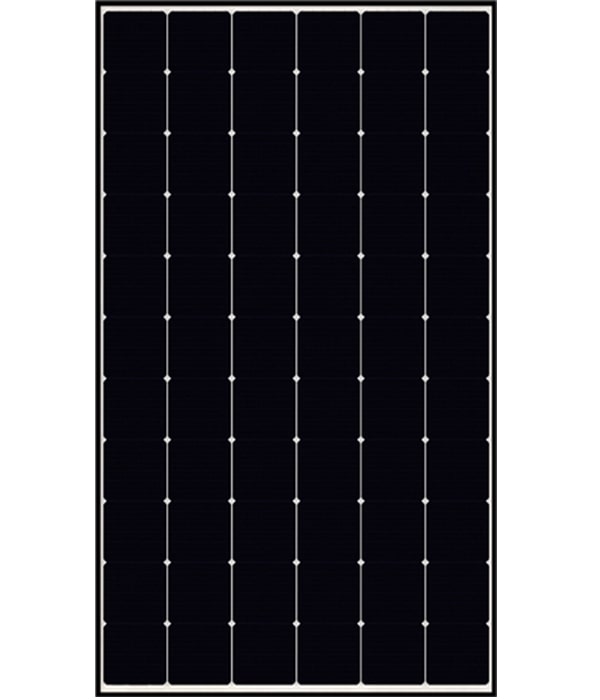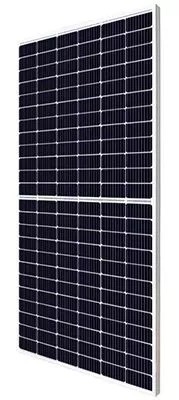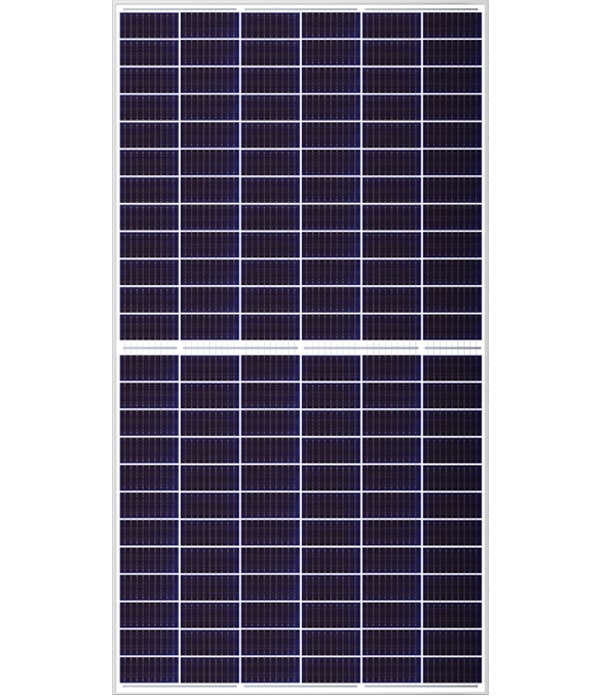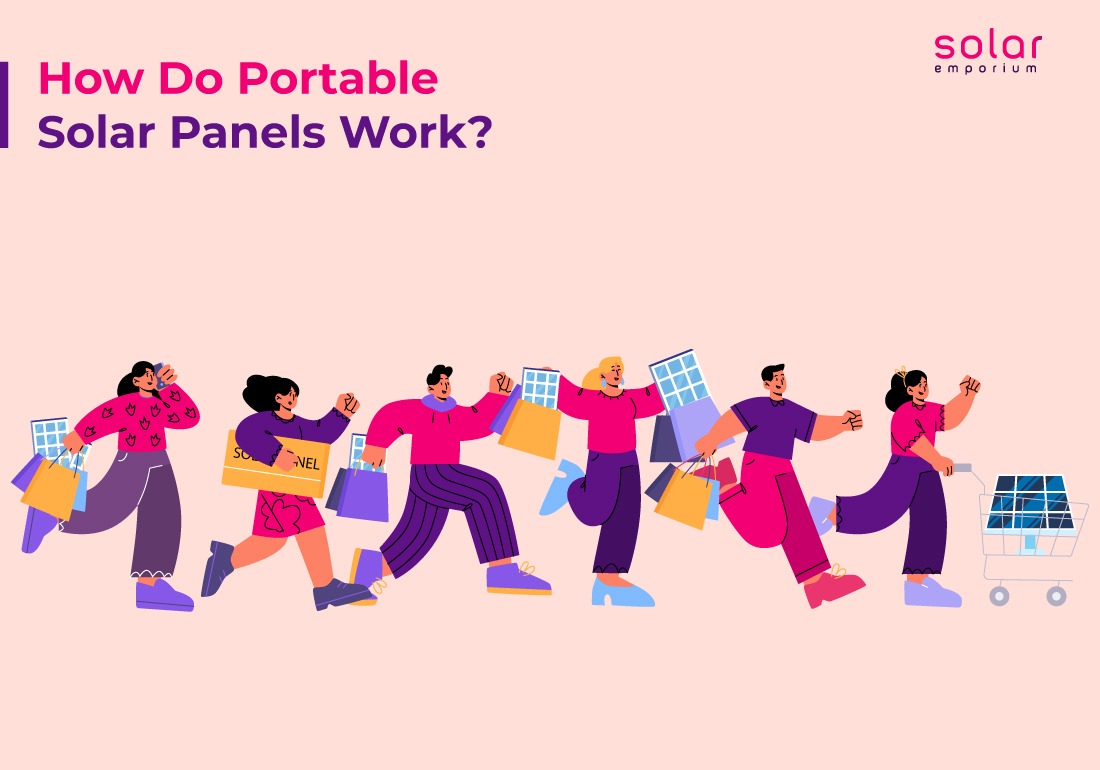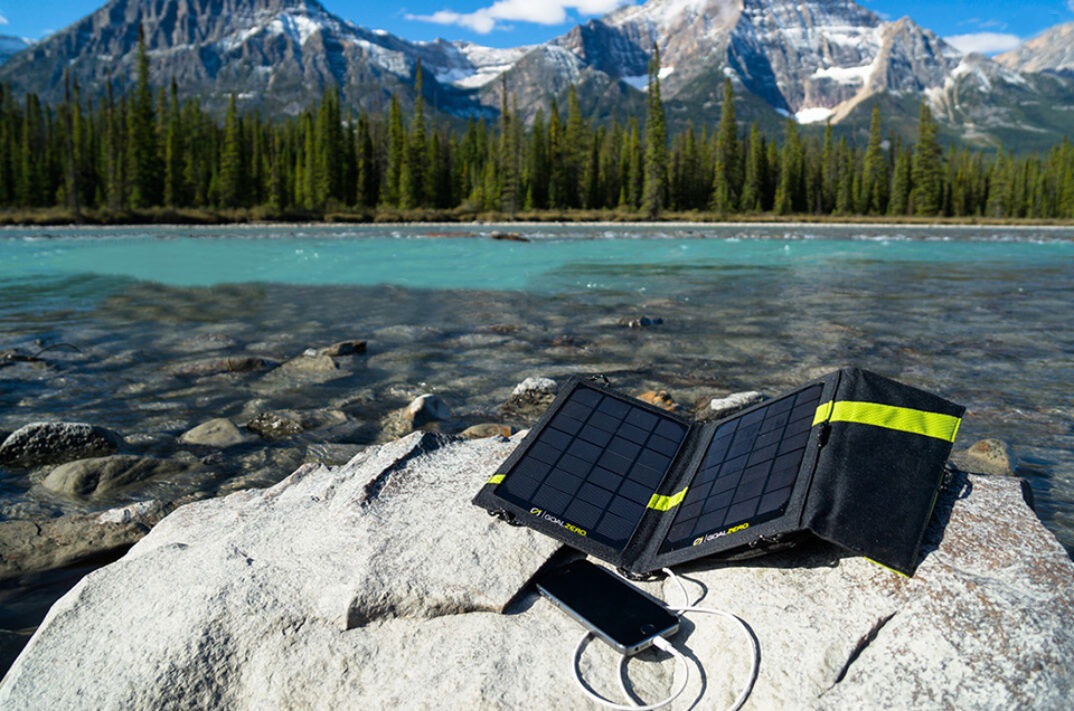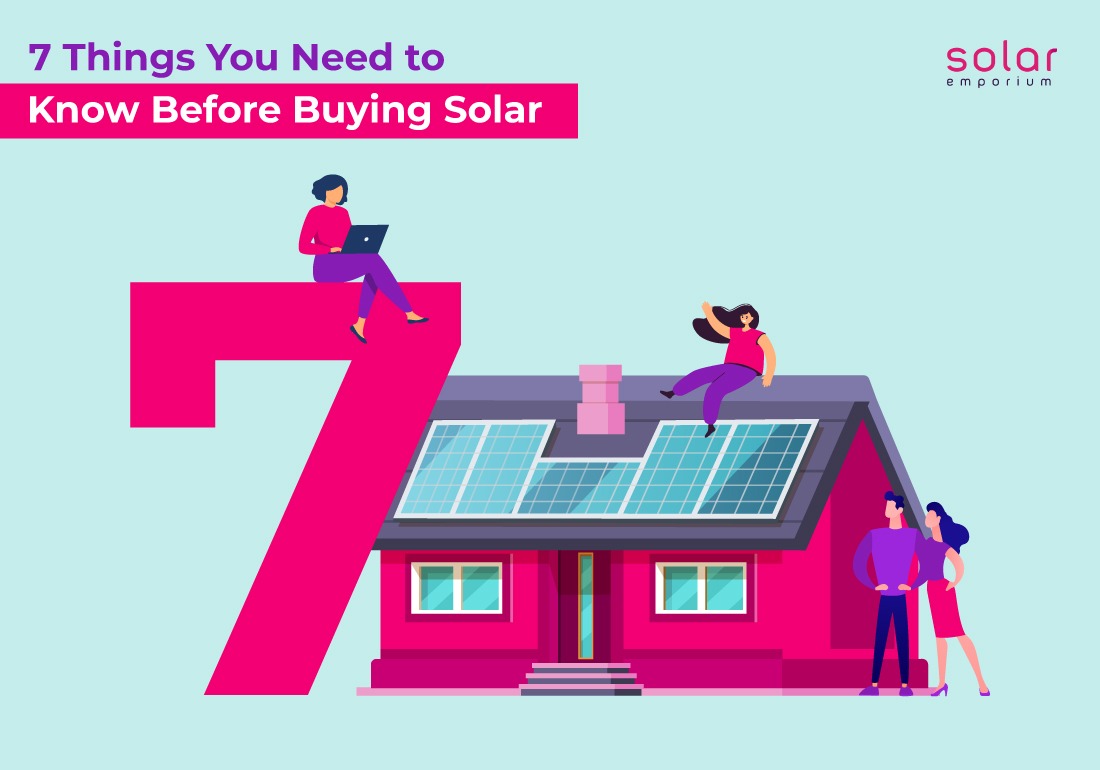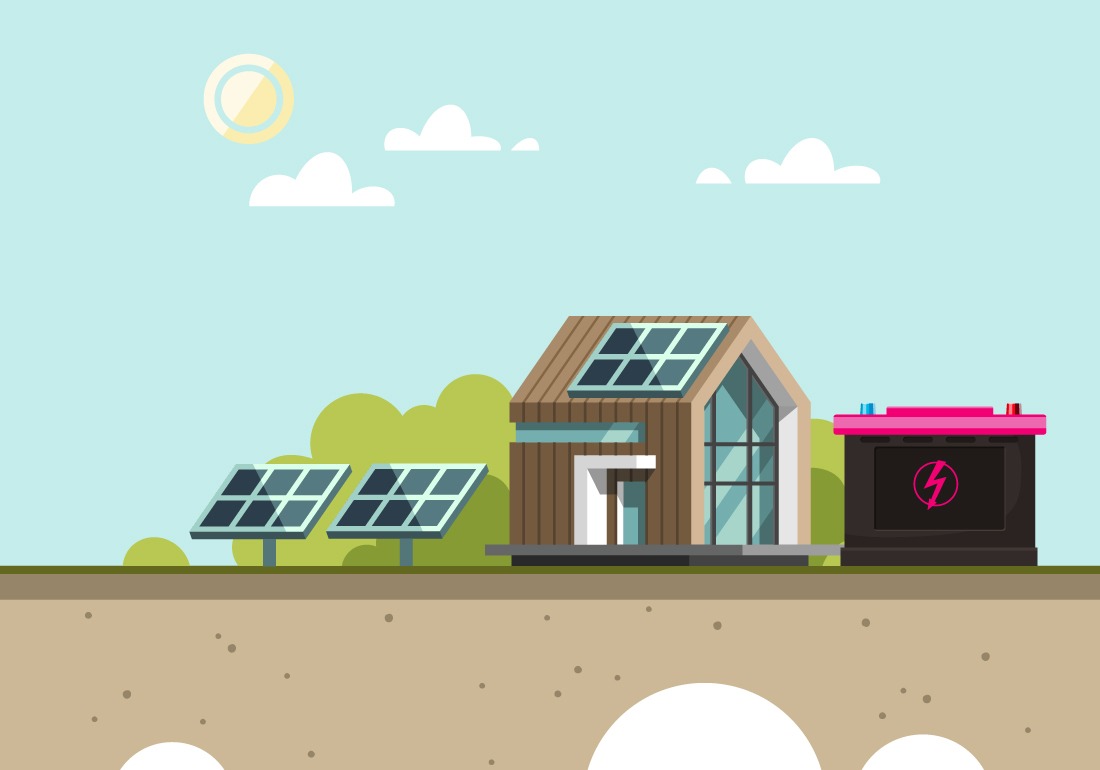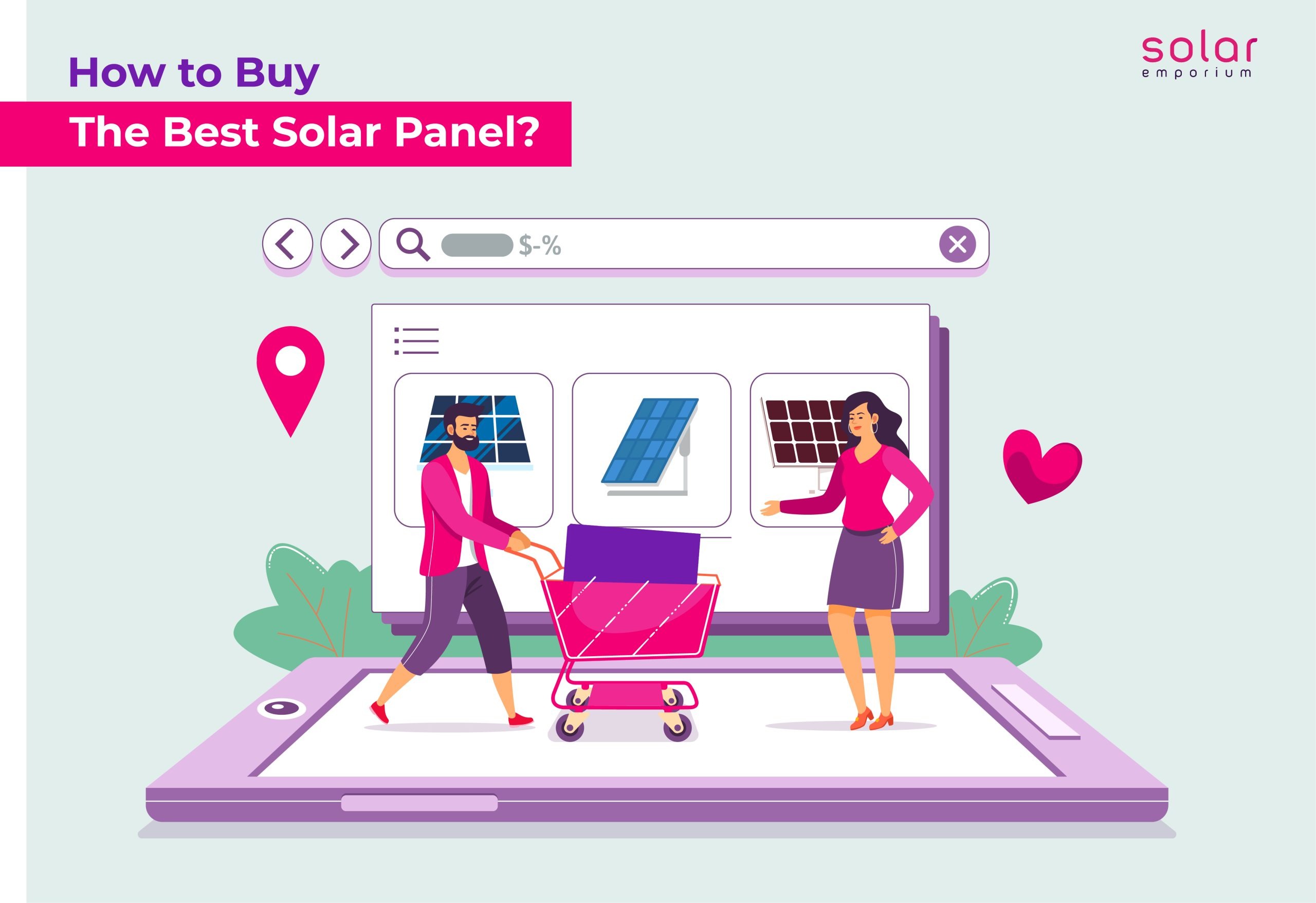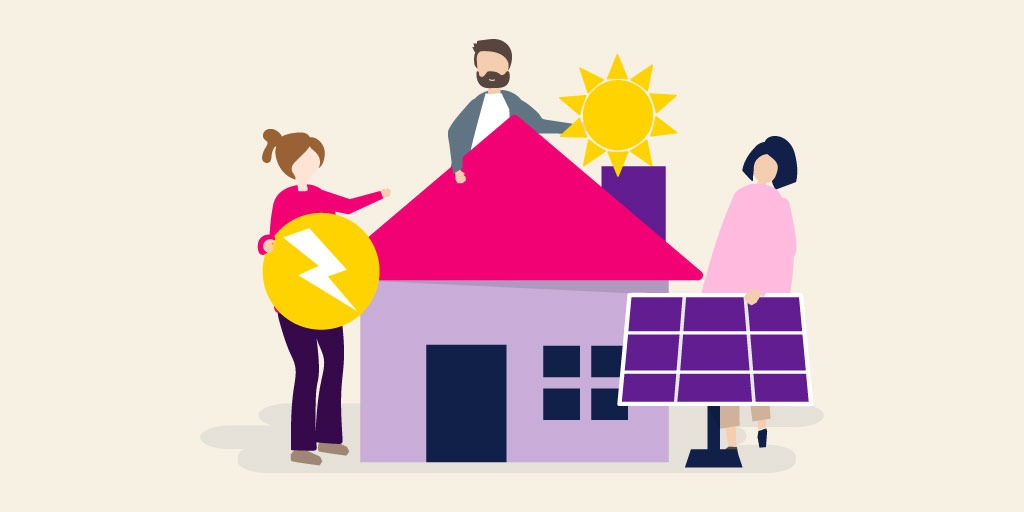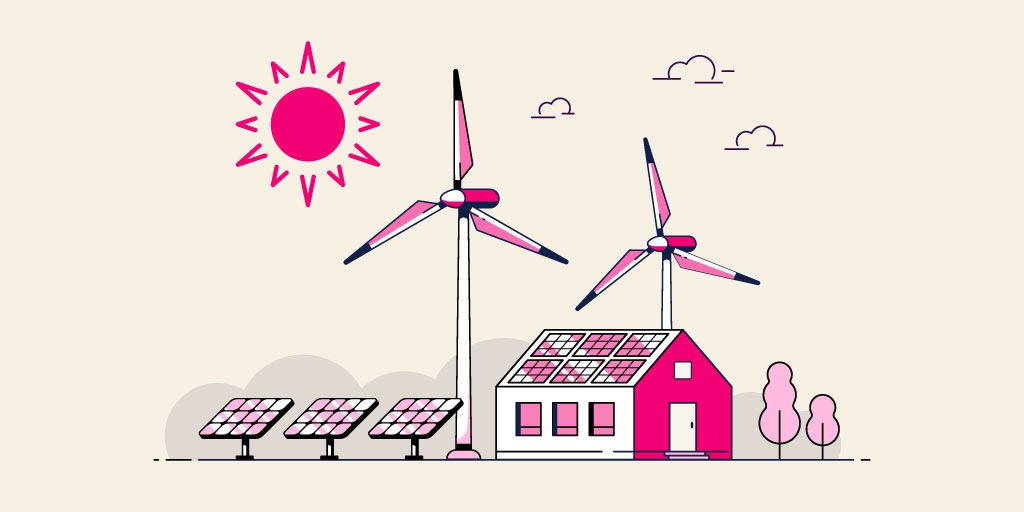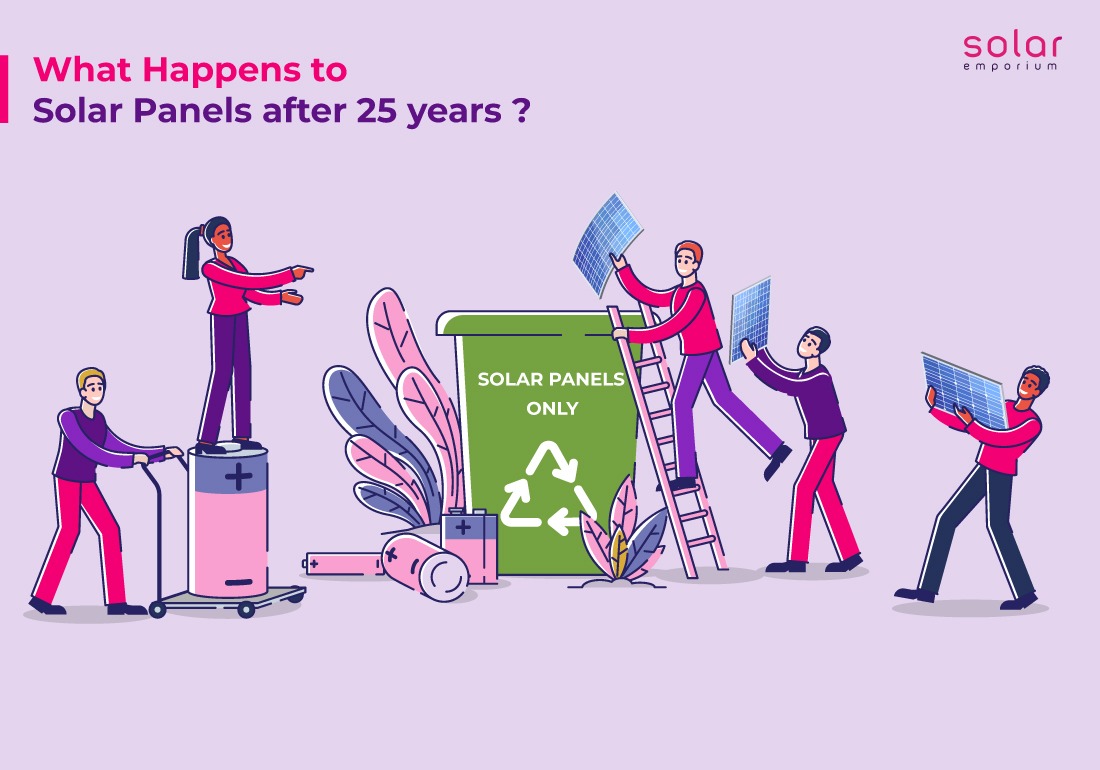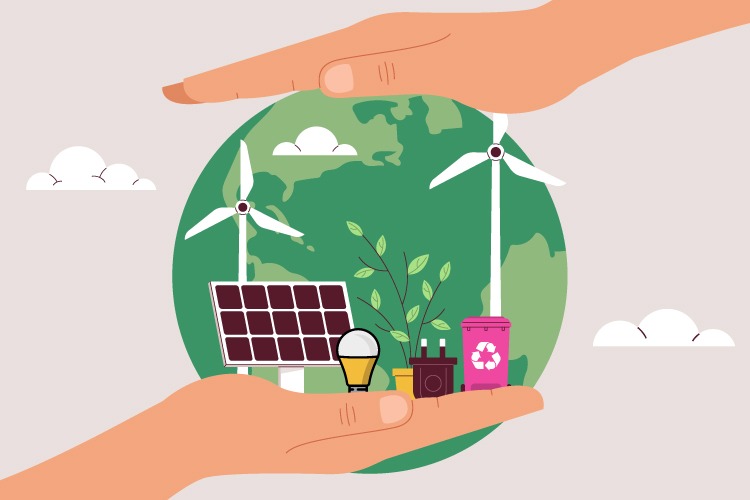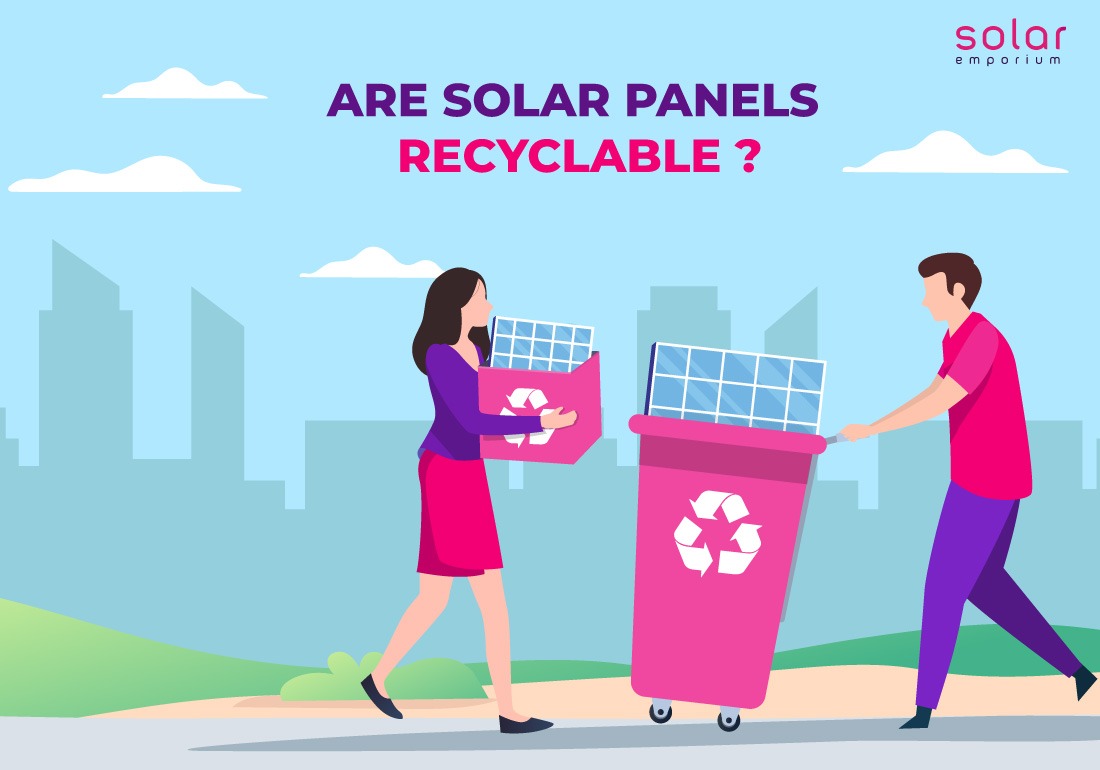For many people in Australia, their home is their most valuable asset, and maintaining its property is critical to ensuring its value. Property maintenance and upgrades can improve your lifestyle while preserving or increasing your property’s market value.
But how do you increase the value of your homes? Well, according to 85% of Australians, installing solar panels can increase property value.
However, the type of solar panel, solar panel cost, and geographical location will be important. Solar homes sell up to 20% faster than non-solar panels homes. But do solar panels increase property value?
Whether you intend to sell your home or not, you may wonder if installing a residential solar system will increase the value of your home. The simple answer is YES!
Many households in Australia are considering embracing solar energy as the globe becomes more conscious of sustainable energy. We look at how solar systems can reduce your carbon footprint while simultaneously increasing the value of your home.
According to the Clean Energy Regulator, one in every four Australian homes has solar panels on its roof. Solar installations have increased the resale value of a home by up to $6,000 per kilowatt of solar panels installed. In other words, about 4% of the home’s value depends on solar panels.
Not all renovations or changes increase the value of a home sufficiently to cover the cost of having them done.
Why Solar Panels Are the Answer For People?
Because most Australians view solar energy positively. It can be a selling point for the home.
According to research, the higher the property’s value, the more solar panels are on the roof. An estimated increase of nearly $6000 per kilowatt of solar energy equals a $29,000 increase in the home’s retail value for a 5kW installation.
Since electricity prices are rising rapidly, the benefits of having home solar power will become even more apparent.
Selling Becomes Easier

Putting your house on the market makes it easier to achieve other goals once it sells. The number of prospective buyers increases too.
It’s as if you’ve put your life on hold until the right buyer signs on the dotted line. Only then can you move on and settle into a new environment. It can be very frustrating if the house sells slowly.
Installing solar panels on a home can help it sell faster. Your home could sell up to 20% faster than comparable homes without solar power. This is another aspect of the value that solar energy can add to your home.
Investment Value
Investment value is the actual monetary value it adds to the sale price of your home.
According to the Australian Real Estate Survey, more than 85% of respondents agreed that solar panels and solar batteries increase the value of their homes. Solar energy is becoming increasingly popular among Australians and stands out among the others.
But How Much Worth Does Solar Add to Properties?
According to a survey, the number of solar panels installed on a home’s rooftop increases its value. It is important to note that each 1kW of solar installed can increase the value of your home by up to $6,000. A 5kW installation can add $29,000 to the value of your home.
Solar panels can add up to 4% to the value of your home. For example, if your home is worth $300,000, the increase could range from $9,000 to $12,000. Aside from the monetary value added by solar panels, properties with solar panels sell up to 20% faster than those without.
While the initial investment is high, solar panels can significantly reduce, if not eliminate, your monthly utility bills. These ongoing energy savings are an excellent addition to increased property values.
You should use an STC calculator if you’re wondering how much money you could save by installing solar panels.
Value of Consumption
The environmental benefits of using a renewable energy source are called consumption value.
Several factors determine the value a solar panel system can add to your home. Some of the most notable are-
- Your home’s location – Installations in more active solar markets can provide a higher return on investment than installations in less developed markets.
- Size of the installation – The number and quality of solar panels you install directly correlate with increased property value. The more you have, and the higher the quality, the higher the value of your home.
How Much Solar Actually Boosts Your Property’s Value?
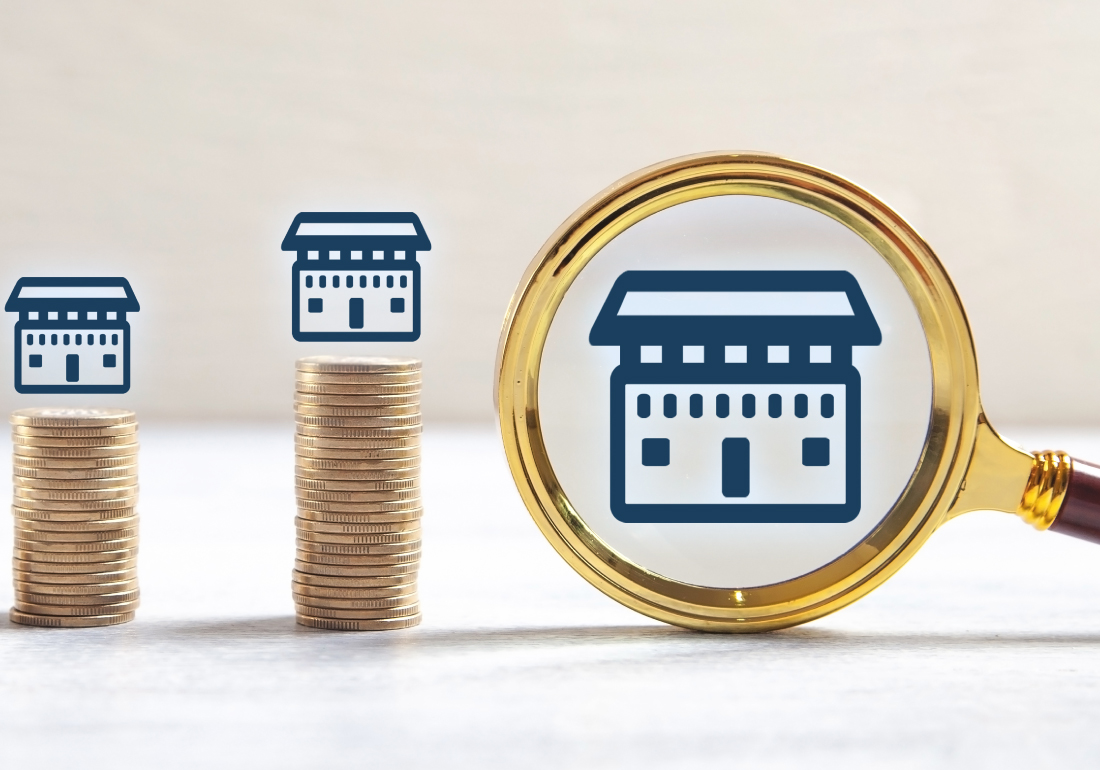
Although there is an upfront cost for buying solar panels, the benefits are numerous. And it is indeed an investment opportunity.
A recent report by Domain found that energy-efficient homes attract more prospective buyer interest, sell faster, and grab higher sale prices.
The premium paid for a median-priced energy-efficient house in 2022, compared to non-efficient houses, was $125,000, or 17.1% more. And for energy-efficient units, the premium paid was $72,750, or 12.7% more.
Here’s a difference in premium paid for median-priced energy-efficient home vs non-efficient home-
| | Houses | Units | ||
|---|---|---|---|---|
| Year | $ Difference | % Difference | $ Difference | % Difference |
| 2022 | $125,000 | 17.10% | $72,750 | 12.70% |
| 2021 | $115,000 | 18.00% | $81,000 | 15.60% |
| 2020 | $85,000 | 15.60% | $81,000 | 16.80% |
| 2019 | $78,625 | 15.30% | $60,000 | 13.30% |
Source: Domain Sustainability in property report
Choose Solar Emporium To Increase Your Property Value
Solar Emporium has carefully designed multiple solar packages for your personal needs. Solar Emporium values quality over quantity. We have over 300,000 satisfied customers in New South Wales and Victoria. With top-notch installations, we take pride in our post-installation assistance and service.
We value our customers above all else at Solar Emporium because we care! That is why, rather than being the largest solar retailer, we emphasize being the most customer-satisfied retailer. Solar Emporium’s free quote on solar panels, batteries, and inverters allows you to choose your desired renewable products easily and increase your property’s value.

